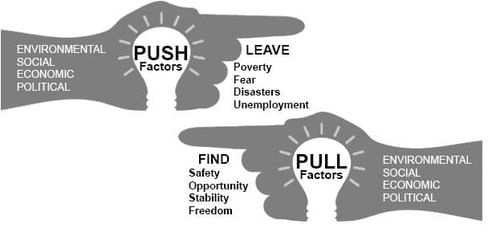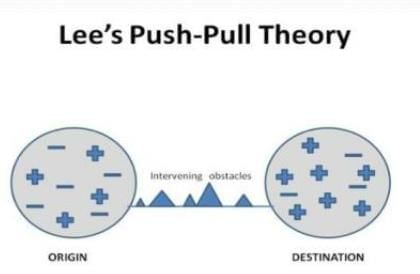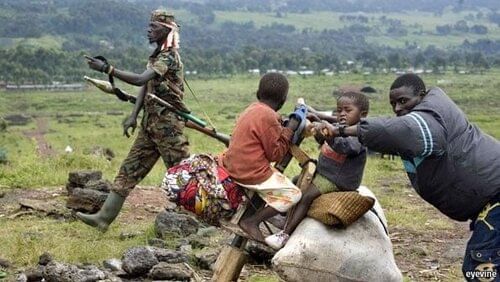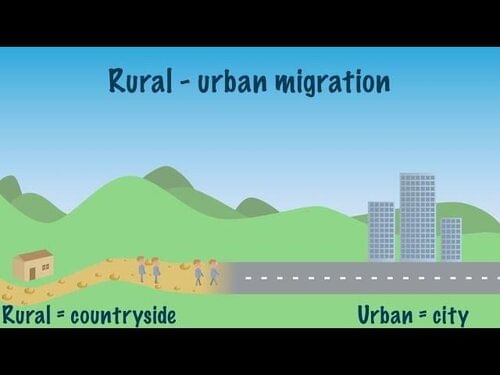|
Ravenstein's Laws of Migration primarily address the ___ and ___ of migration patterns. |
Card: 1 / 32 |
|
True or False: The Law of Gravity Model of Migration states that larger places attract more migrants, but distance does not affect migration volume. |
Card: 3 / 32 |
|
False Migration volume decreases with increasing distance and increases with the size of the destination, meaning larger and closer places attract more migrants. |
Card: 4 / 32 |
|
Fill in the blank: According to the Law of Push and Pull Factors, migrants are influenced by ___ factors at their origin and ___ factors at their destination. |
Card: 5 / 32 |
|
What does the Law of Intervening Opportunities suggest about migration decisions? |
Card: 7 / 32 |
|
The Law of Intervening Opportunities states that migrants may settle earlier if suitable opportunities arise before reaching their intended destination. |
Card: 8 / 32 |
|
True or False: According to Lee's Push-Pull Theory, migration decisions are influenced by a single factor. |
Card: 9 / 32 |
|
False. Lee's Push-Pull Theory provides a nuanced explanation, indicating that multiple factors influence migration decisions. |
Card: 10 / 32 |
|
Fill in the blank: The Law of Distance states that migrants generally travel ___ distances, but may travel longer distances to ___ or ___ destinations. |
Card: 11 / 32 |
|
True or False: Pull factors attract migrants to a location due to adverse conditions. |
Card: 15 / 32 |
|
False; Pull factors attract migrants to a location due to favorable conditions. |
Card: 16 / 32 |
 Unlock all Flashcards with EduRev Infinity Plan Starting from @ ₹99 only
|
|
In Stage 2 of Zelinsky's Mobility Transition Model, migration primarily occurs from ___ to ___. |
Card: 17 / 32 |
|
Fill in the blank: Everett's Migration Theory emphasizes the influence of ___ and ___ on migration decisions. |
Card: 19 / 32 |
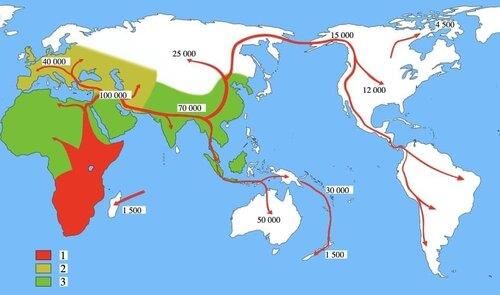 To predict migration patterns between two locations based on their population size and distance. |
Card: 22 / 32 |
|
The Space-Time Compression Theory emphasizes the role of ___ in facilitating migration. |
Card: 23 / 32 |
|
True or False: The Dual Labor Market Theory suggests that the primary labor market consists of low-skilled, low-wage workers. |
Card: 25 / 32 |
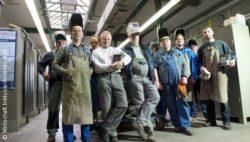 False. The primary labor market consists of highly skilled, well-paid workers. |
Card: 26 / 32 |
|
Fill in the blank: The Harris-Todaro Model explains rural-to-urban migration by highlighting the expectation of ___ urban wages compared to rural wages. |
Card: 27 / 32 |
|
Migration decisions are influenced by household-level factors, with economic reasons being the primary drivers. Social aspects also play a role, while remittances significantly support home economies. |
Card: 30 / 32 |
|
True or False: Human Capital Theory suggests that individuals with lower education levels are more likely to migrate for better opportunities. |
Card: 31 / 32 |
|
False. Human Capital Theory states that individuals with higher education and skills are more likely to migrate. |
Card: 32 / 32 |





